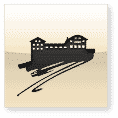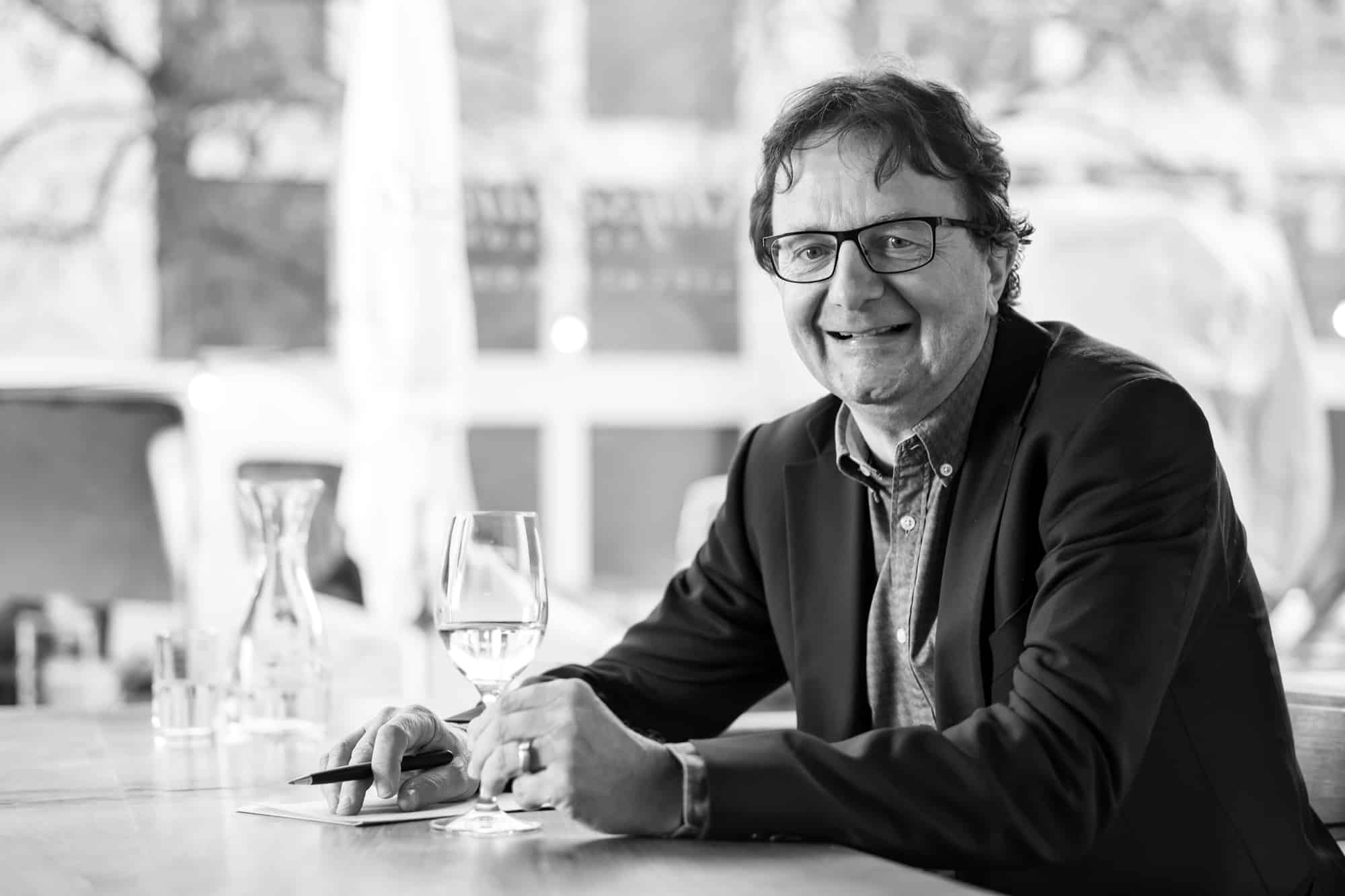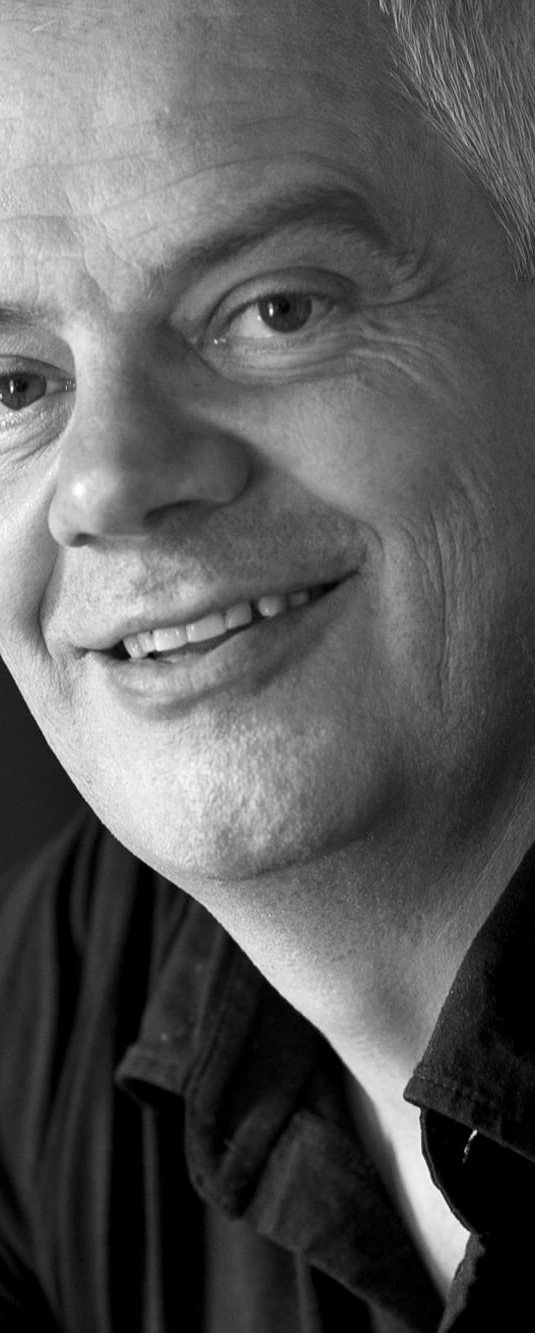Domaine de Ravoire: investment with added value.
Today, it is common practice to raise money for a specific project via crowdfunding. If the idea is convincing and attracts enough donors, the required francs will flow into the coffers of the initiators. Projects from the wine world are also financed in this way. The Domaine de Ravoire took a different path: In order to save one of the oldest vineyards in the Valais from abandonment, Albert Mathier & Söhne AG looked for shareholders – and found what they were looking for.
I was a backer of the (almost) first hour and invested the (modest) amount of 500 francs – out of conviction. The prospect of a possible dividend, at best in the liquid form of a bottle of wine, was not the reason for the commitment. Rather, there are idealistic considerations behind it. Because: It is worth saving old vineyards in steep slopes and with dry stone walls from decay. They form a valuable cultural heritage and offer a spectacular landscape panorama. The Domaine de Ravoire is a terraced vineyard located in the Lower Valais between Leytron and Ovronnaz. To obtain such a vineyard, you pay a high price. The handiwork is laborious.
Machines must be dispensed with. This costs money and means that the production of wine can hardly cover its costs. In view of this fact, many winegrowers shy away from this effort and let the vineyards go green. This makes the commitment of those who work for the Domaine de Ravoire all the more worthy of praise. To date, more than 150 shareholders have been convinced by the idea. The majority of the capital is held by Albert Mathier & Söhne AG.
Without wishing to wax too eulogistic: I am not aware of any comparable projects financed in this way in Switzerland. I am convinced that there is a willingness among wine connoisseurs for unconventional, innovative ways. The Domaine de Ravoire would actually deserve imitators.
The Valais wine, of which there is an example in red and white, cannot be compared to any other growth. In fact, the shareholders of the estate decide by majority vote how the two blends will be composed. This much democracy probably does not exist in any other wine. The vineyard, which was first planted in 1876, is now home to numerous grape varieties, such as Heida, Pinot blanc and Viognier for the whites, and Pinot noir, Syrah, St. Laurent and Merlot for the reds.
The variety has the consequence that the wines are in fact composed differently every year. On the one hand, they are unique, but on the other hand, perhaps because of the different proportions of each variety, they are not always easy to (re)recognize. But this is perhaps the only reproach that could be made to Domaine de Ravoire®.
There is nothing to dispute about the quality of the fine wines – and this applies to almost all vintages since the start 13 years ago. I have tasted not all, but numerous wines in the past. They are deliberately aged in small wooden barrels. Both red and white have an aging potential of ten years or more, as evidenced, for example, by the red Domaine de Ravoire® 2007. The vintage generally belongs to the top of the wines produced so far.
In addition, the great examples include the 2015, 2012, 2011 and 2009. More difficult to taste are the red Domaine de Ravoire® 2014 and 2013, which may be related to the high proportion of Gamaret (around 40%). Both show rather little fruit and some bitterness. The Domaine de Ravoire was on a high last summer when the airline Swiss served the wine to passengers in First Class.
The merits of these Walliser Preziosen generally lie in the fact that they convince with strength, fullness, complexity, depth and length. The tannins are ripe, the wood is well integrated. The plants do not appear opulent or fat. Depending on the year, the white should benefit from a bit more acidity. Both wines are excellent food companions. Those who have invested in Domaine de Ravoire are not only supporting a meaningful and pioneering project. It’s also a very enjoyable engagement. And you enjoy a wine in a different, more conscious way when you know the vineyard as well as the winemaker. And is even a small part co-owner – 500 francs for a good cause.



